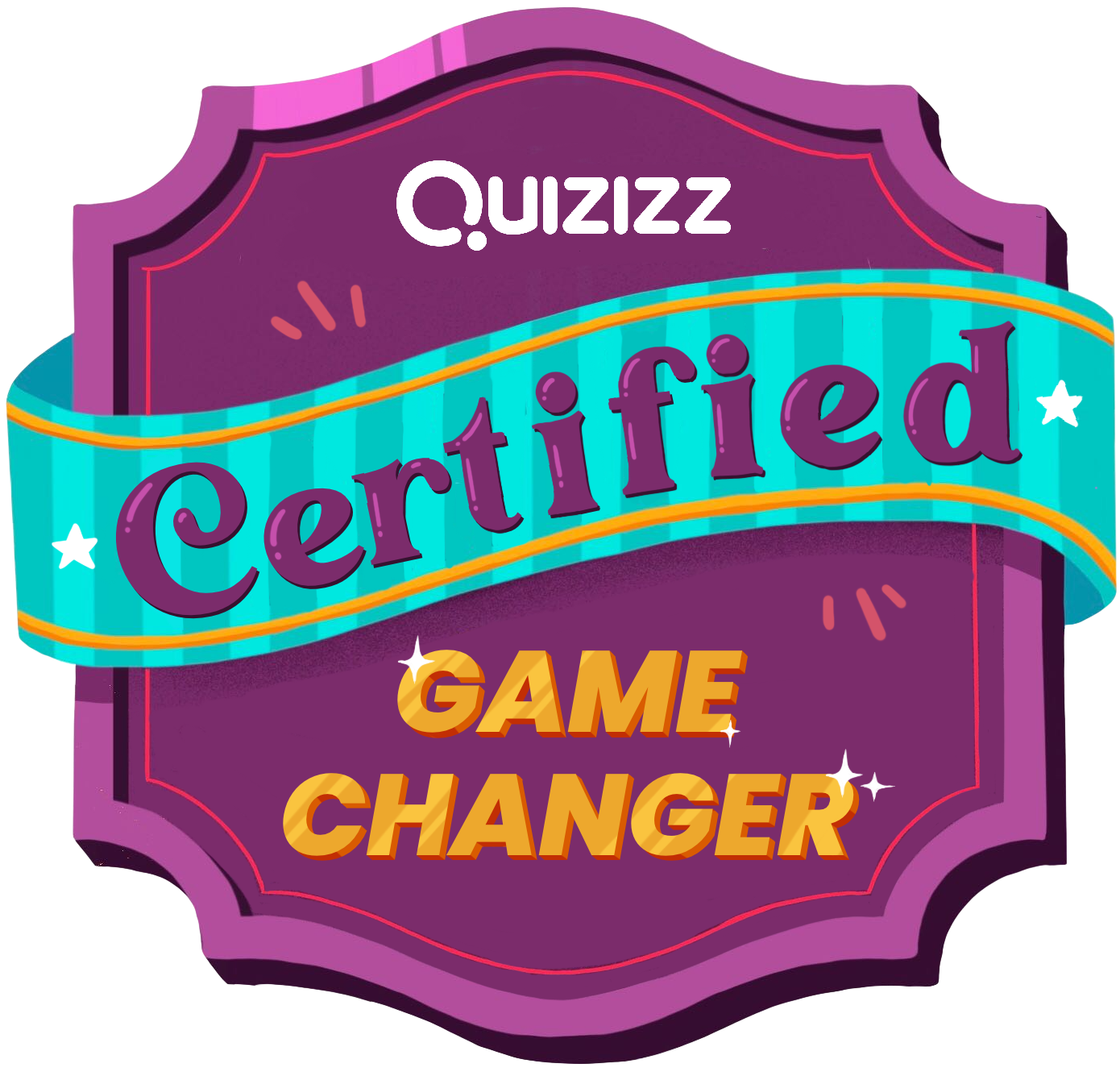 In Chimacum 8th graders get a full year of Life Science learning experiences. As 6th graders they learned about our neighborhood creek, Chimacum Creek, and tested the water quality. Learning about and taking care of our creek has been a great Science learning experience as well as a service learning project for Chimacum Middle School 6th graders since 2001. One reason to keep our creek healthy is that it is a salmon run for chum and coho salmon as well as rainbow and cutthroat trout. Our county’s conservation district coordinates volunteers to trap, identify, and count the fish in our creek to keep track of salmon counts. Why are volunteers in Chimacum keeping track of fish? Here’s an excerpt from an Endangered Species Act publication:
In Chimacum 8th graders get a full year of Life Science learning experiences. As 6th graders they learned about our neighborhood creek, Chimacum Creek, and tested the water quality. Learning about and taking care of our creek has been a great Science learning experience as well as a service learning project for Chimacum Middle School 6th graders since 2001. One reason to keep our creek healthy is that it is a salmon run for chum and coho salmon as well as rainbow and cutthroat trout. Our county’s conservation district coordinates volunteers to trap, identify, and count the fish in our creek to keep track of salmon counts. Why are volunteers in Chimacum keeping track of fish? Here’s an excerpt from an Endangered Species Act publication:
“Chimacum Creek supported an indigenous summer chum population until the mid-1980’s, when a combination of habitat degradation and poaching evidently led to their extinction (WDFW and PNPTT 2000). A supplementation program aimed at boosting numbers of summer chum in Salmon Creek was initiated in 1992 by Wild Olympic Salmon with the goal of using the Salmon Creek stock as the donor for reintroduction to Chimacum. Beginning in 1996, eyed eggs were transferred from Salmon Creek for incubation, rearing, and release as fed fry in the Chimacum watershed. Adult summer chum returned to Chimacum Creek in 1999, with the first resulting natural-origin recruits returning in 2002.”
After learning about salmon and our creek in 6th grade it seemed a great fit to have 8th graders participate in the trapping, identifying and counting of our creeks’ fish. Once we learned the protocol for setting and retrieving the traps we got traps like the one pictured above and began to keep track of the fish in our creek. Every year 8th grade classes take turns setting and retrieving traps so that we can get up to nine counts every fall, winter and spring. We then submit our spreadsheet results to the Jefferson County Conservation District. It’s a great way to get outside and practice doing real science and helping our community. Plus it rounds out their 6th grade water quality project.
This is how students trap, identify and count the fish. We learned the protocol from Glenn Gately who works for the Jefferson County Conservation District. Here’s a video showing Mr. Gately training a group of 8th graders:
And just last week one class of 8th graders set the traps on a really nice day. The next day, when it was time to retrieve them and id and count fish it was snowing. It’s wasn’t dry, sticking snow but rather wet, freezing cold snow. But we never let weather keep us from going out as a class so we went out and had a good time anyway (well, most of us did):
We have three 8th grade classes. If each class goes trapping three times each season that’s about nine times a year. That’s 18 days getting outdoors, whether it’s raining or snowing, and seeing what fish we caught that week. It can take anywhere from a third to half a class period. One might question the benefit of such an activity in this test crazed culture but you know what? I’d rather take my students out 18 times out of the classroom to do real science like this and help our community than give this up or do it less frequently to get a little test prep in. If you know me, or read my blog, you’ll know that I don’t spend too much time on test prep. It’s a one day a year test so I give it its due time.

































































